Exploring the World of 'Ghost of Tsushima': Key Locations and Their Significance
Sep-07-2024
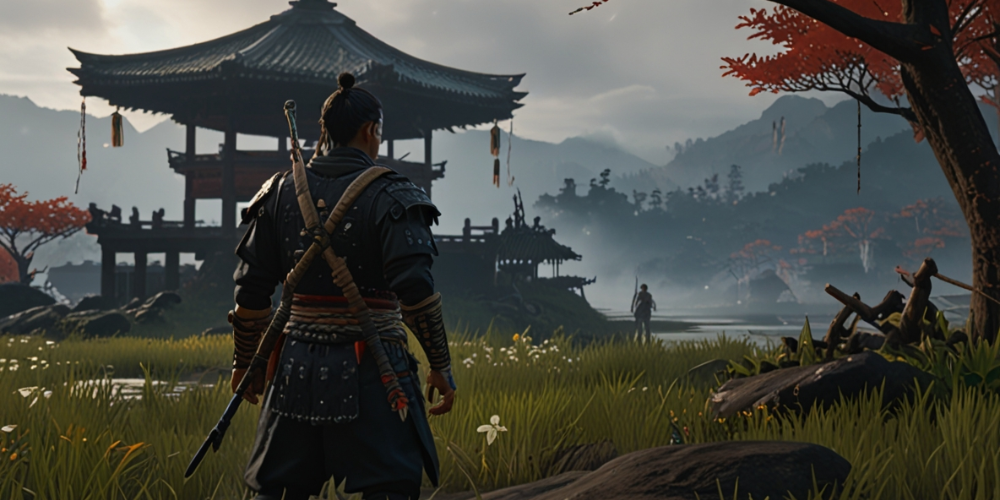
If there's one thing that 'Ghost of Tsushima,' a popular action-adventure video game developed by Sucker Punch Productions, gets right, it's the immersive world-building. Set in 13th-century Tsushima island during the Mongol invasion, the game beautifully captures the period's culture, geography, and spirit. This article delves into some key locations in the game and highlights their significance in shaping the protagonist's journey and the overall narrative.
1. Castle Shimura
Castle Shimura, an essential geographical and historical metaphor in the 'Ghost of Tsushima,' is named after Lord Shimura, the uncle of the game's protagonist, Jin Sakai. The castle exhibits more than family ties; it is a potent symbol of the Samurai's strength, unity, and unwavering struggle against the Mongol invasion. This representation is steeped in Japanese tradition and Samurai tenets that value honor, duty, and unity above all else.
The architectural footprint of the castle is impressive, featuring robust structures characteristic of feudal Japan. These structures evoke awe and admiration and are daily reminders of the Samurai's traditional way of life - disciplined, ordered, and rooted in a strong moral code. Furthermore, the serene gardens within the castle's perimeters also highlight the Samurai's affinity for nature, symbolizing tranquility, purification, and the perfect harmony between humans and their environment.
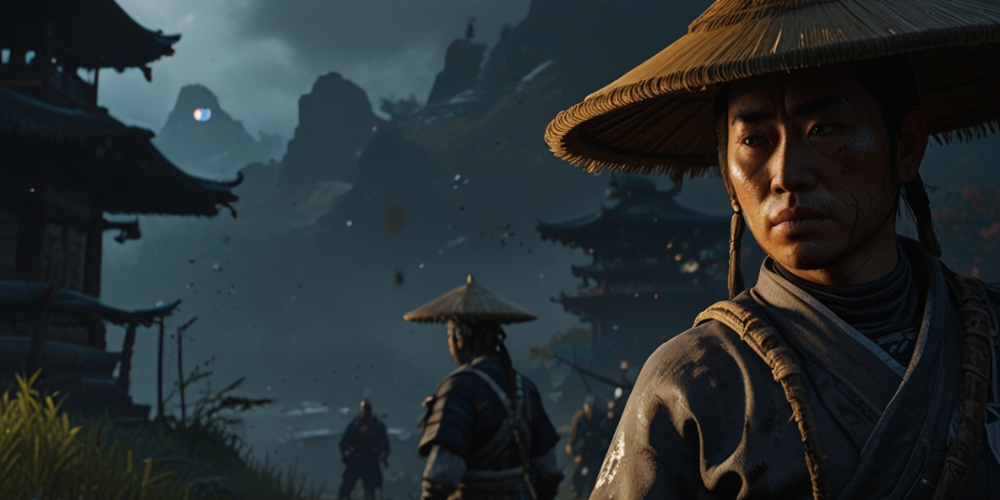
Additionally, the castle's high vantage point affords a commanding view of the Tsushima landscape. This view serves a dual purpose. Firstly, it constantly reminds the castle's inhabitants of what they are fighting to protect - their homeland. Secondly, it conveniently positions the Samurai to monitor potential threats, reinforcing the feeling of security and dominance.
Throughout the game, Castle Shimura is an evolving scene of significant events, setting the stage for epic battles, intense showdowns, and personal reckonings. It's here where Jin Sakai, conflicted between his upbringing and the necessity to adapt unconventional tactics, grapples with decisions that profoundly impact the game's trajectory. As such, Castle Shimura becomes a fulcrum, a place of personal and social transformation that stitches together the complex fabric of the narrative in 'Ghost of Tsushima.'
2. Komatsu Forge
Nestled in the southern region of Izuhara, Tsushima represents Tsushima's economic and martial heart. This location, teeming with heat, smoke, and the resonating echoes of Samurai, is a crucial hub of weapon manufacturing. This forge is not only symbolic of Tsushima's military strength but also a testament to the island's economic prowess and industry capacity.
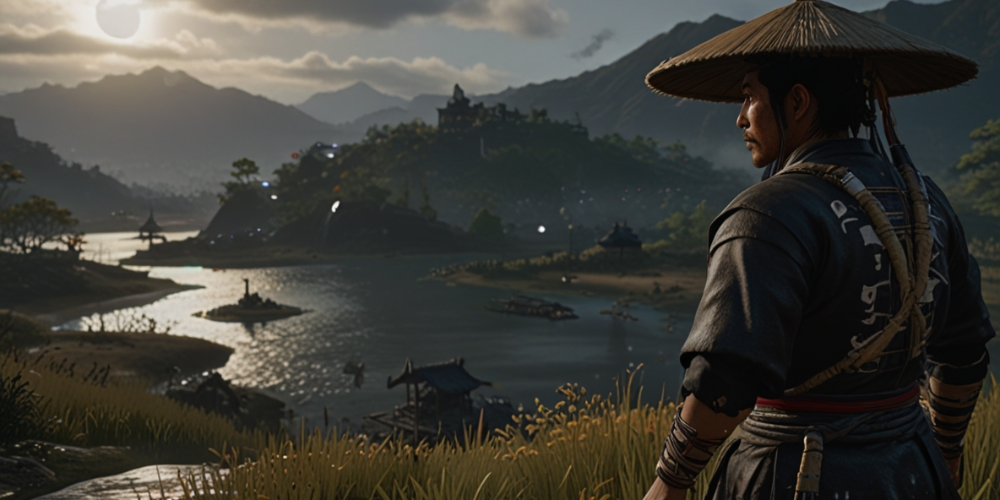
Throughout the annals of world history, certain establishments have been globally renowned for their superior craftsmanship. One such establishment of note was the Komatsu forge, which, in the annals of its existence, became revered across the four corners of the globe for its exquisite craftsmanship in the realm of weaponry production. This wasn't merely a matter of resources or commitment; it was the skilled blacksmiths who toiled extensively within the heated confines of the Komatsu forge who had immaculately mastered a time-honored and refined technique.
This complex, meticulous process of forging weapons resulted in the weapons - specifically the blades from Usushima - being of unmatched quality. With painstaking precision, each blade was intricately crafted, not by chance or random occurrence, but by the deliberate, learned skill of these adept artisans. The result was a finely tuned piece of destructive elegance that could stand the test of time.
More than that, however, was the profound significance carried by each blade. In the tradition of the samurai - the noble warriors who were to ultimately wield these weapons - honor and determination were qualities held in the highest regard. As such, each blade made at the forge was supposed to capture and embody these principles in a physical form. The very essence of the samurai spirit was encapsulated in the blades they wielded.
In the narrative arc of 'Ghost of Tsushima,' the Komatsu Forge is important. Here, Jin Sakai, the protagonist, undergoes a society's transformation. Traditionally, a Samurai abiding by the established code of honor, Jin finds himself at a crossroads. The invasive threat posed by the Mongols necessitates a tactical approach, leading Jin to adopt the identity of 'The Ghost.' This persona shift, underpinned by stealth tactics and guile, represented a drastic departure from the conventional Samurai way.
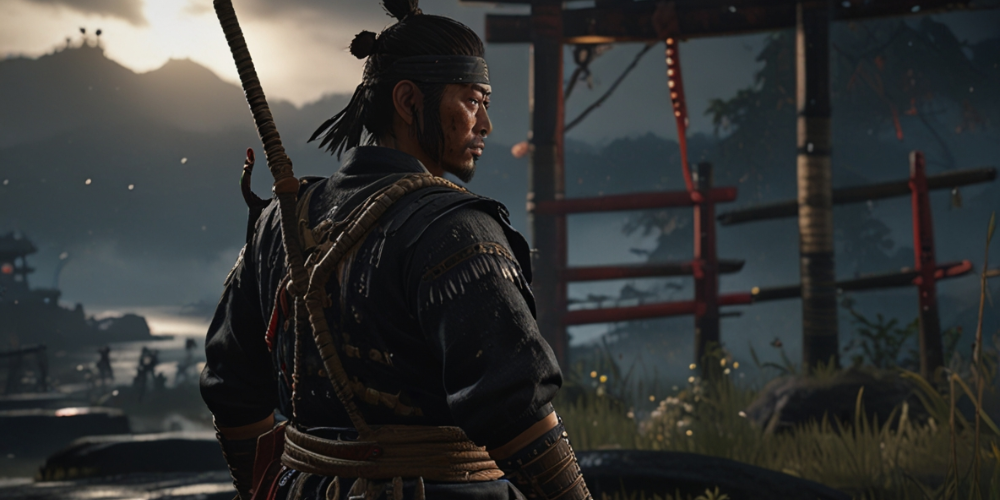
This game's formative journey, which originated at Komatsu Forge, epitomizes the birth of resilience and adaptability in the face of adversity. The forge becomes a metaphor for change and survival. Regardless of the dire circumstances, the spirit of resilient Japan's died by Tsushima and its protector, Jin, persevered. The spark ignited tJin'sransformation was the forge itself, solidifying its significance in the narrative and thematic development of 'Ghost of TsuJin's.'
3. The Golden Temple
The Tsushima serves as a sanctuary for Tsushima's citizens facing the brutality of the Mongol invasion. Set Tsushima's backdrop, this location's tranquility contrasts starkly with the chaos unfolding elsewhere in the game. The temple symbolizes hope and faith, underscoring the importance of spirit location in turbulent times. Jin'sat the Golden Temple is where Jin receives resources and essential information from locals, simulating the interconnectedness of real-life feudal Japanese societies.
4. Omi Monastery
Nestled atop a snowy mountain, Omi Monastery symbolizes wisdom and serenitgame'sGhost of Tsushima'. This location shapes Jin's journey by offering him opportunities to master his skills and delve deeper into his spiritual self. Here, players are treated to tranquil scenes and philosophical dialogues, reiterating the game's motiTsushima's strength and resilience.
5. Kushi Temple
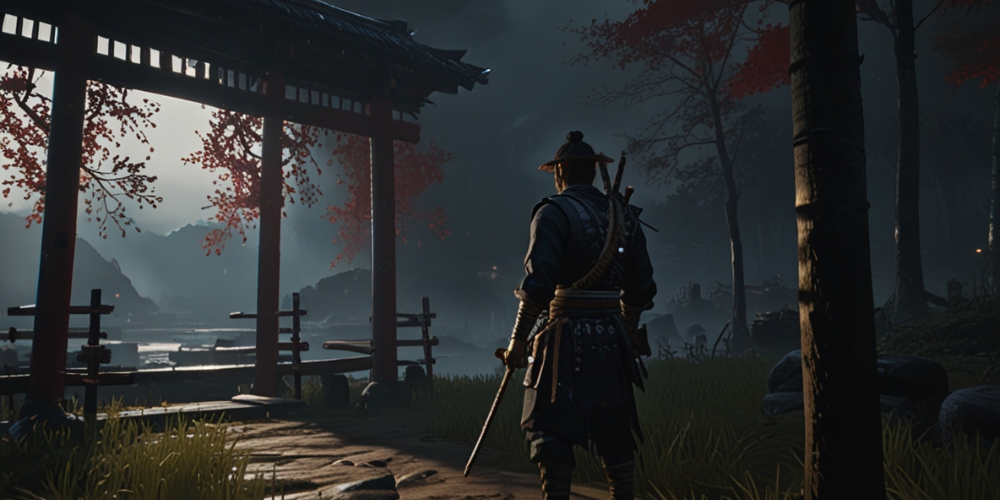
An iconic location in the Toyotama region, Kushi Temple is known for its striking architecture and serene landscapes, providing a visual representation of feudal Japan's cultural richness. More than that, Kushi Temple plays a significant role in Jin's character evolution. As he interacts with the High Priestess and assists her in her quest, the player unravels aspects of Jin's character, empathy, and commitment to protecting Tsushima's tenants at all costs.
6. Harikawa Stronghold
Yarikawa Stronghold encapsulates Tsushima's societal differences and long-standing feuds. Despite these divisions, it becomes a testament to unity when its denizens band together under Jin's leadership to repel the Mongol assault. This location's challenges pay tribute to Jin's strategic insight and evolving leadership skills, ultimately contributing to his transformation as the 'Ghost of Tsushima.'
Conclusion
The history-steeped locations of 'Ghost of Tsushima' are not merely beautiful backdrops but crucial contributors to the game's captivating narratives. The entertainment platform they provide creates an all-enveloping and thoroughly detailed experience that allows players to engage and gain a more profound understanding and appreciation for the intricately rich cultural history and moral philosophy inherent to feudal Japanese society. As Jin Sakai ventures through these locations, players get a glimpse of his transformation and the embodiment of Tsushima's indomitable spirit.







